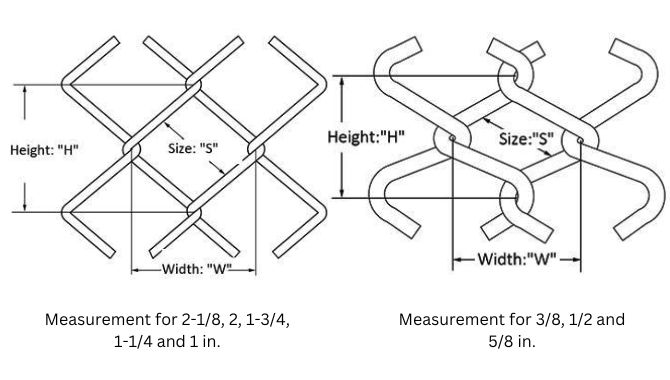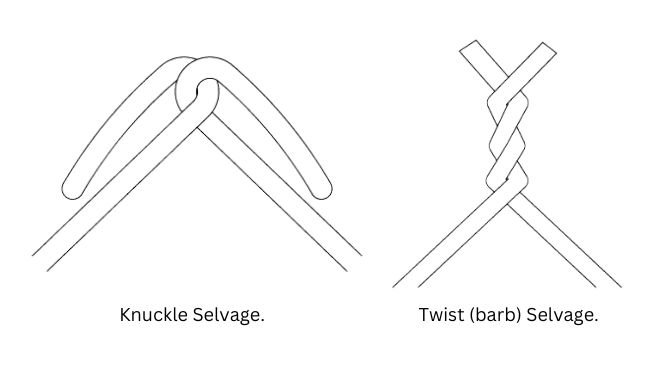How Modern Technology Has Enhanced the Strength and Appearance of Metal Fences
The durability and utility of fencing have improved due to a new technology of BDFENCE. Metal fences’ durability had been improved by the addition of powder coatings, which also made it simple to add color. Even the most well-kept fences are a long-lasting option to vinyl. Additionally, outdoor sporting venues and homes are now safer than previously thought feasible because of a mix of lightweight chain link fencing, covers, and support.
The improvement we’ll discuss here illustrated by the following short comparison
- The introduction of vinyl, which lengthens the lifespan of barbed wire fences.
- The development of powder sealants for metal fences make weather resistance simpler than ever.
- The application of vinyl stripping together with chain link, has a mesh weave to increase its toughness.
11 Steps Fence Installation
- Preparation before install.
- Mark the fence location.
- Install terminal posts.
- Locate line posts.
- Install line posts.
- Firmly fasten bands and caps to the posts.
- Insert the top rail.
- Suspend the fence’s material.
- Stretching the fabric.
- Install fence ties.
- Hang the gate.


Metal Fence Measurement
| Mesh size, S, in. | Height, H, in. | Width, W, in. |
| 3/8 | 3/4 | 3/4 |
| 1/2 | 15/16 | 15/16 |
| 5/8 | 1-1/8 | 1-1/8 |
Selecting a Suitable Selvage for Your Chain Link Fence
There are two different types of selvages on chain link fence fabric: knuckle and twist (barb).
Knuckle Edge
To create a knuckle edge, adjacent pairs of wire ends are joined and then bent back into a loop. The loop needs to be closed to a measurement less than the wire’s diameter.
Twist or Barb Edge
The ends of wire need to be twisted together firmly in a tight helix of 1-1/2 machine turns, which is equivalent to 3 full twists, prior to cutting them at an angle. This creates a twist or barb edge.




